Ribbon slitting machine is a precision equipment used to cut wide ribbon (thermal transfer material) into a specific width, and its high-precision slitting depends on the collaborative optimization of mechanical design, control system and process parameters. Here's how it works and how to achieve high-precision slitting:

First, the core composition of the ribbon slitting machine
1. Unwinding system
◦ Constant tension control, through the magnetic particle brake or servo motor to dynamically adjust the unwinding speed to avoid material stretching deformation.
◦ Equipped with an EPC device, the edge position is detected by a photoelectric sensor, and the transverse position of the coil is adjusted in real time (the accuracy can reach ±0.1mm).
2. Slitting unit
◦ Round knife slitting: High hardness alloy round knife (hardness HRC60 or above) is matched with the bottom roller, and the knife pressure is controlled by pneumatic or servo pressure.
◦ Laser slitting (high-end model): non-contact cutting of laser head, suitable for ultra-thin ribbons (such as 3μm), no flash.
3. Winding system
◦ Independent servo motor drives the winding shaft, using taper tension control (the initial tension is large, and gradually decreases with the increase of the winding diameter).
◦ Equipped with surface take-up or center take-up mode to ensure that the web is flat and wrinkle-free.
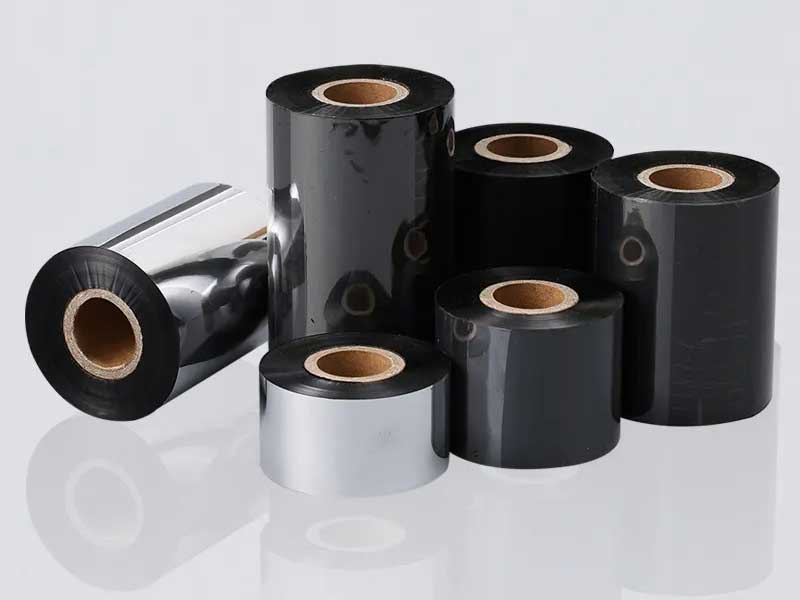
Second, the key technology of high-precision slitting
1. Dynamic tension control
◦ PID closed-loop control is adopted, and the unwinding/rewinding torque is adjusted in real time through the tension sensor feedback, and the tension fluctuation range can be controlled within ±5%.
◦ Segmented tension setting: Adjust the tension parameters according to the ribbon material (such as wax-based, mixed-based, resin-based).
2. Tooling system optimization
◦ Tool angle: The round blade angle is usually 30°~45°, and the blade life can reach more than 1000km.
◦ Tool runout control: the radial runout of the spindle ≤0.005mm to avoid the fluctuation of slitting width.
◦ Online sharpening system: Some equipment is equipped with automatic sharpening device to maintain the sharpness of the cutting edge.
3. Slitting width control
◦ High-precision guide roller: straightness ≤ 0.01mm/m to ensure that the ribbon has no lateral offset.
◦ CNC tool adjustment system: servo motor drives the toolholder to move, with a resolution of up to 0.01mm (such as Mitsubishi servo system).
◦ Visual inspection: CCD camera monitors the slitting edge in real time, and adjusts the tool distance (optional function).
4. Environmental control
◦ Clean room (Class 1000) to reduce dust adhesion.
◦ Stable temperature and humidity (23±2°C, RH50±5%) to prevent the ribbon from being deformed by moisture.
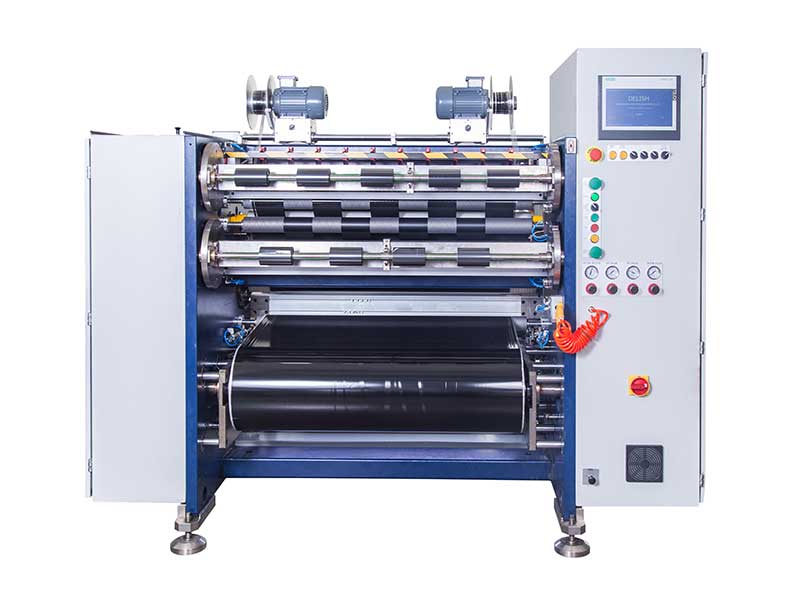
Third, influence of process parameters
| parameter | Typical | Adjustment principles |
| Slitting speed | 50-300m/min | Speed ↑ needs to be synchronized to improve the tension control response |
| Knife press | 0.2-0.8MPa | Resin-based ribbons require higher knife pressure |
| Slitting width tolerance | ±0.05mm (high-end) | Laser slitting is required when the width ≤ 1mm |
| Winding hardness | 70-90ShoreA | Too hard can lead to interlaminar penetration of the ribbon |
Fourth, solutions to common problems
• Flash/flash: Check for tool wear or insufficient tool pressure, and replace the ceramic-coated round knife to increase the life by 30%.
• Coil wrinkling: Adjust the winding taper curve to increase the wrapping angle of the flattened roll (recommended ≥ 45°).
• Width out-of-tolerance: Calibrate the parallelism of the guide rollers and check the resolution of the servo drive encoder (≥ 17 bit).
Fifth, cutting-edge technology trends
1. AI adaptive control: Optimize the combination of tension/velocity parameters through machine learning to reduce test waste.
2. Nano Coated Tools: Diamond-like (DLC) coating can extend tool life by up to 3 times conventional ones.
3. Digital twin system: virtual debugging predicts the slitting effect in advance, shortening the changeover time by more than 50%.
Through the integration of the above technologies, the modern ribbon slitting machine can achieve a slitting accuracy of ±0.02mm, which meets the needs of high-end applications such as RFID tags. In the actual selection, the equipment level needs to be matched according to the thickness of the ribbon substrate (commonly 4.5-12 μm) and the capacity requirements.

The core criterion for judging the quality of a ribbon slitting machine is its ability to avoid slitting losses.
03. January, 2026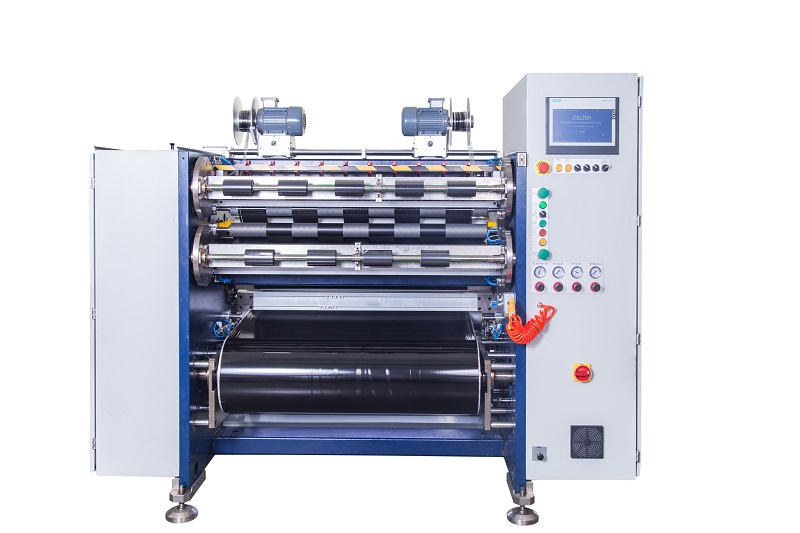
With a wide range of devices on the market, decision-makers are often caught up in the triple factor: price, brand, and performance.
03. January, 2026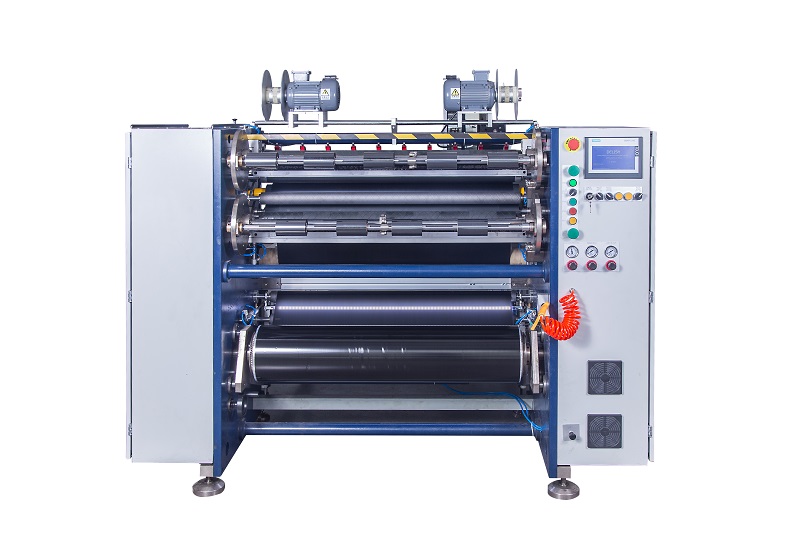
how to choose a slitting machine that truly suits your needs? Here are five key points you must know before buying.
03. January, 2026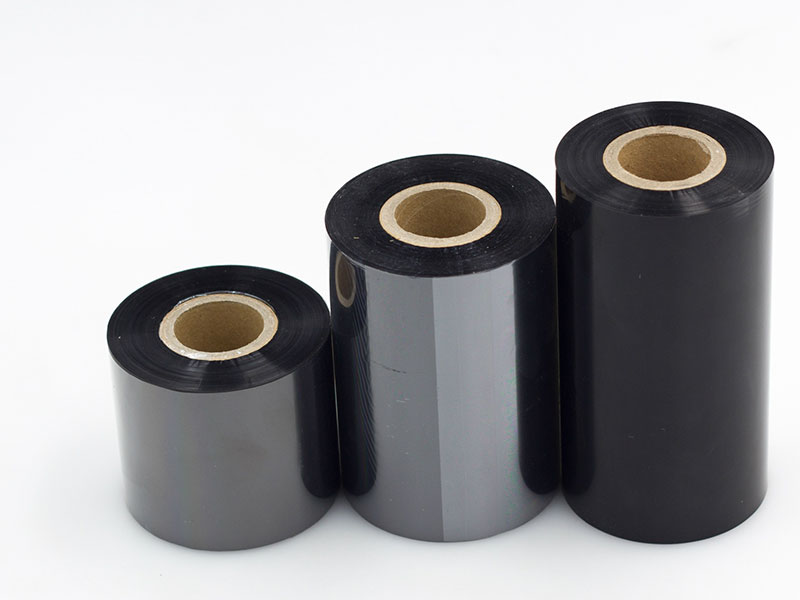
Finding the reliable way to industrial ribbon slitting machines is a comprehensive practice of precision engineering, intelligent control and system optimization.
02. January, 2026
By mastering these three forces, you will master the weapon to cut out a brilliant future in the fierce competition.
02. January, 2026